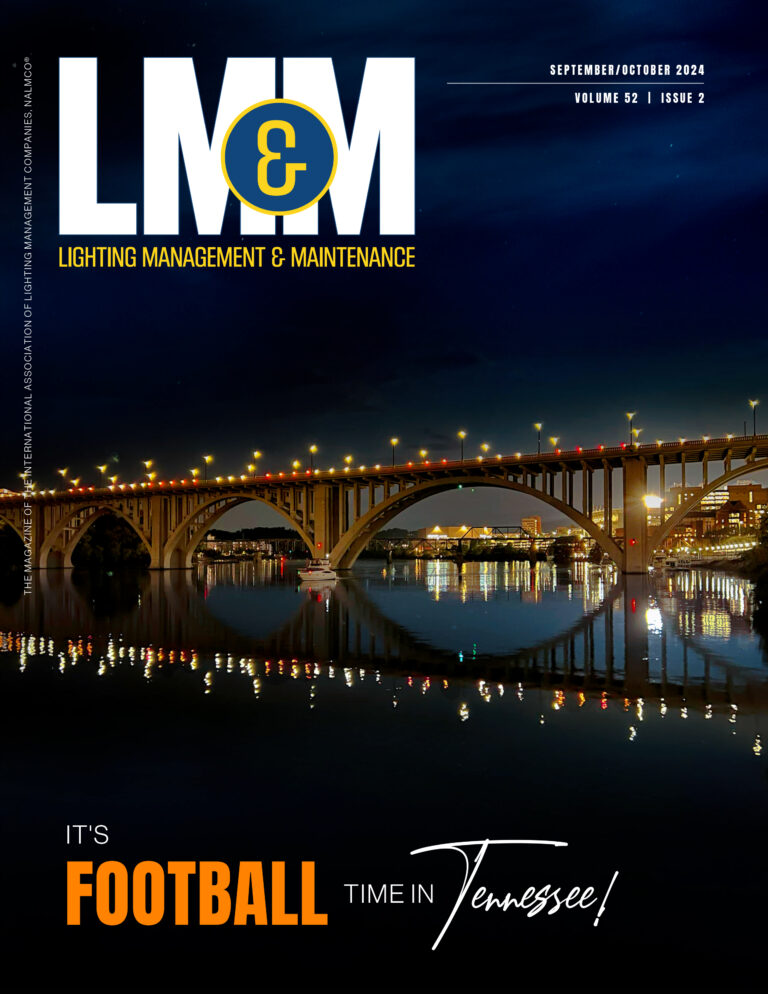February 26, 2023
“Except for strangers, no one ever called him Mr. Brandston. He was just Howard to everyone who knew him, surely a fair measure of his fame in lighting, analogous to Madonna or Cher in pop music. He made a real difference through his professional work and through his teaching. Sadly, his mold is broken.”
My tribute to Howard Brandston, by Mark Rea
Howard was a celebrity in lighting for more than two decades. For good reason. Howard single handedly brought lighting design into illuminating engineering. Howard made it OK for lighting engineers to talk about and include aesthetics. As with anyone who changes the status quo, Howard made some enemies. I was not among them. Over the many years I knew Howard, he saw himself continuously in, as he called it, the “fight game” for good lighting. Howard was always, always the gentleman in those disagreements, and was never petty or mean. He always took the high road in his disagreements with the norm, but many of his intellectual combatants were simply unable to travel with him on that high road. Sure, he had some crazy notions, as we all do, but he never let losses in battle sour his demeanor nor his humor nor his persistence to win the next battle.
Perhaps Howard’s most valuable asset was chutzpa. He put himself forward as the authority in lighting and was willing to go toe-to-toe with anyone who might challenge that notion. One of my most memorable interactions with Howard was at the National Cathedral in DC in the early 1990s. I had been asked to speak with the architect of the National Cathedral about replacing the many incandescent lamps in the cathedral with more efficient HID and fluorescent light sources. I believe his name was Anthony Segreti. I agreed to the visit but knew I was in way over my head as an authority on the lighting design of this important national monument. So I called my friend Howard for help. He dropped everything to meet me and the architect in the National Cathedral at the appointed time. What unfolded was one of the most amazing conversations I have ever observed. (I was rightly left out of the conversation.) Howard and the architect went toe-to-toe dropping the names of famous architects and politicians each had worked with, trading anecdotal punches one right after the other. It was a full 12 rounds, with no knockout, but I think Howard won on points.
As a Professor of Architecture and the first Director of the Lighting Research Center, my top priority was to create a graduate program in lighting. After an industry-wide retreat of leaders in the lighting industry and in academia, we developed a 48-credit hour Master’s Degree program that was, following New York State approval, launched in 1990. I had always seen research and graduate education as two sides of the same coin – both endeavors complementing each other to create a lasting legacy of innovation and transformation. I asked Howard to join the faculty, but he was reluctant because he assumed we were going down the obvious road of producing lighting technocrats. I told Howard that this was simply not true, and we would pattern our curriculum on liberal arts programs, providing our students with an education, not a technical degree. He listened carefully. Then I said to Howard, “Yes, your work has made a major difference to lighting today, but in several years, nothing of your work will remain. I am offering you a chance at establishing a longer-lasting legacy by teaching.” He thought briefly (and after I offered remuneration) agreed to become part of our faculty. In all the years since, he remarked to me many times, and indeed the very last time I talked to him, “You were right Mark, teaching is my legacy.” I’m sure that all his students and all of his former colleagues at the Lighting Research Center would agree, Howard made a lasting impact on lighting and on them personally.
Editor’s Note: Dr. Mark Rea is a Professor at Icahn School of Medicine at Mount Sinai



